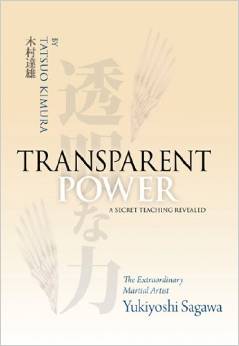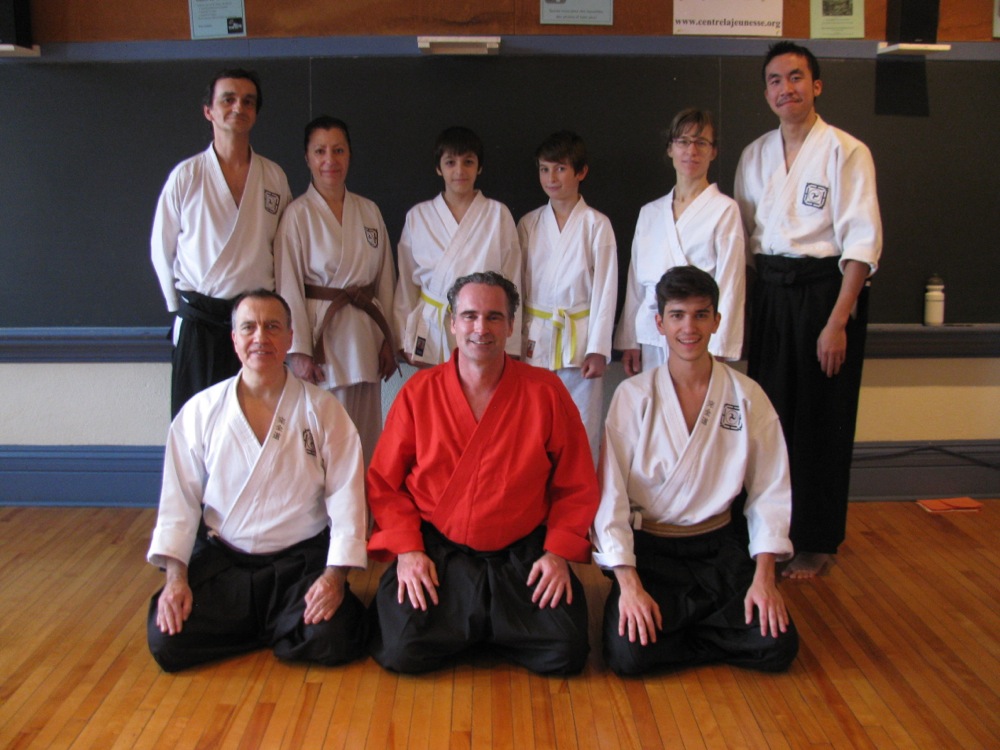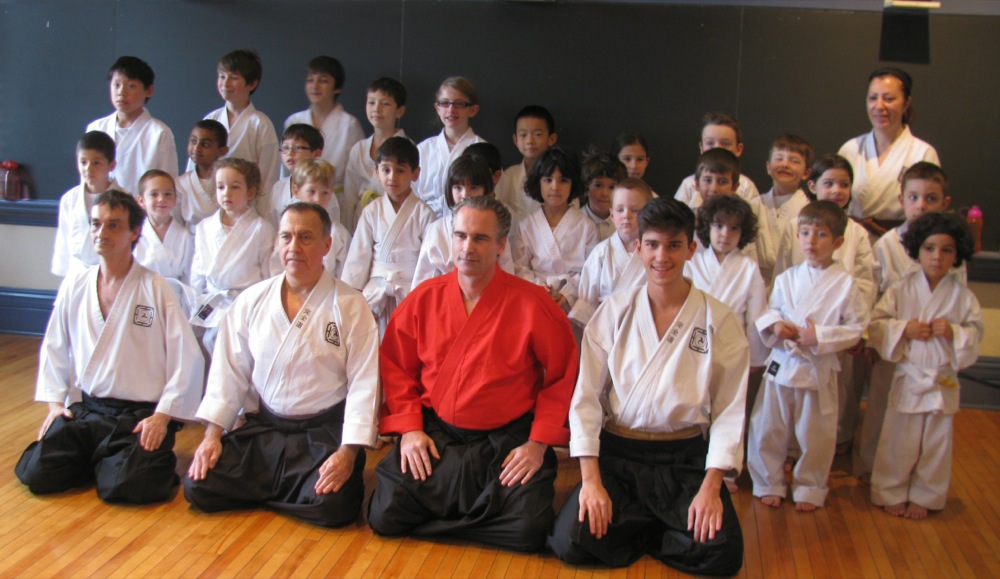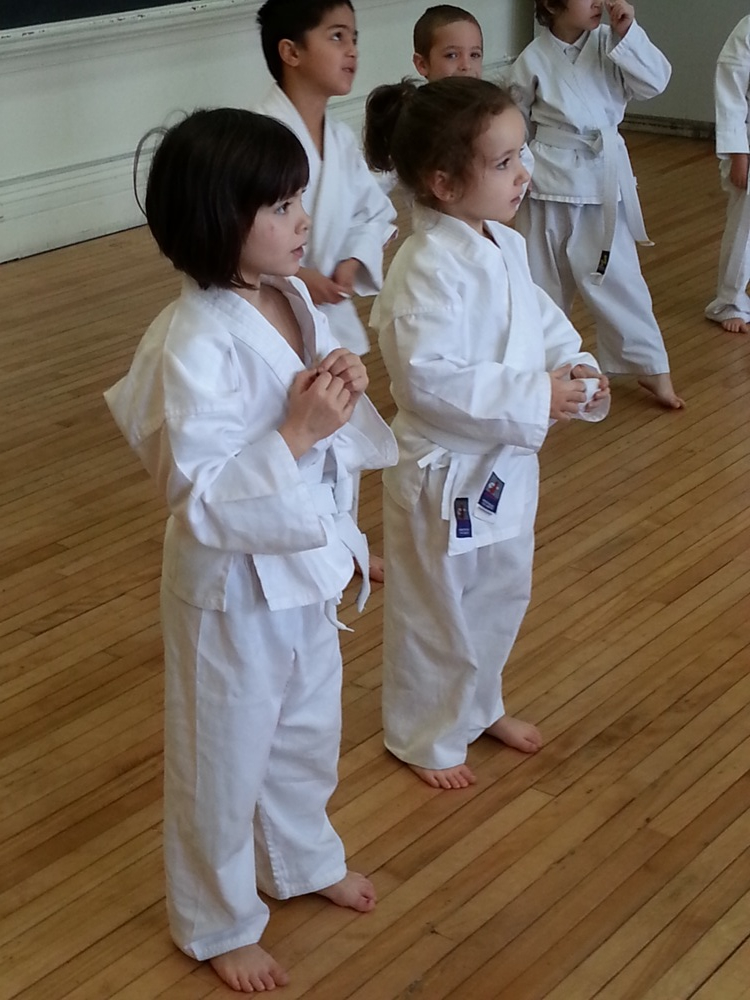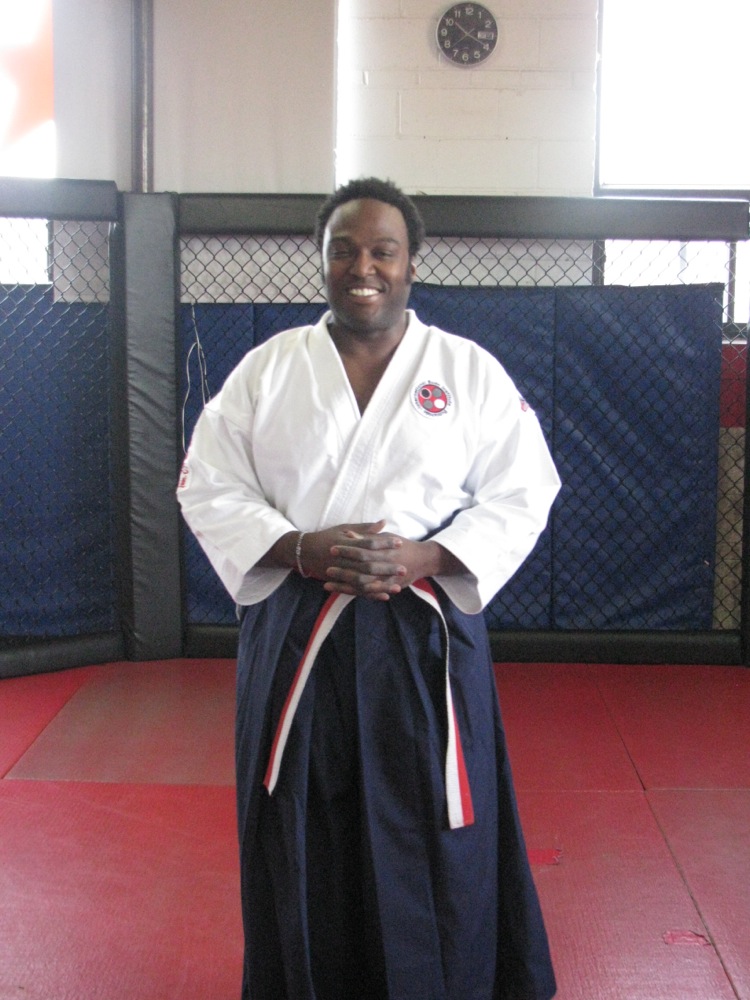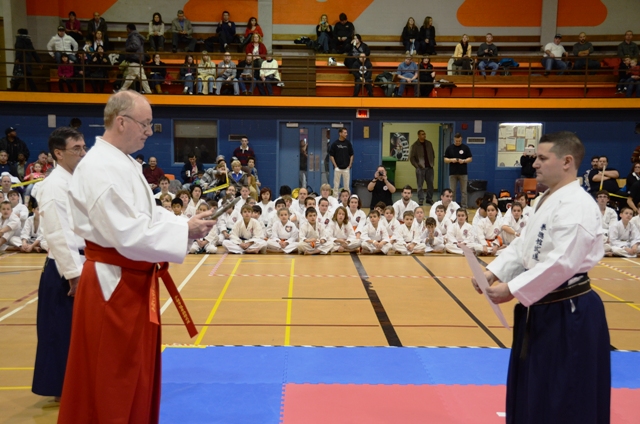Naturally, it is important to know how to properly tie your Iaido belt (Obi) in order to wear the Iaito (practice sword) correctly. The following is a tutorial on how to wrap, tie and adjust your Iai belt for either Iaido or Kenjutsu practice. For Iaido and Kenjutsu you should wear the Hakama (pleated skirt/pants). At the Institute, we do not wear the Karate style belts when wearing the Hakama as they often do in Aikido practice. There is a separate tutorial on this website on how to wear and tie your Hakama.
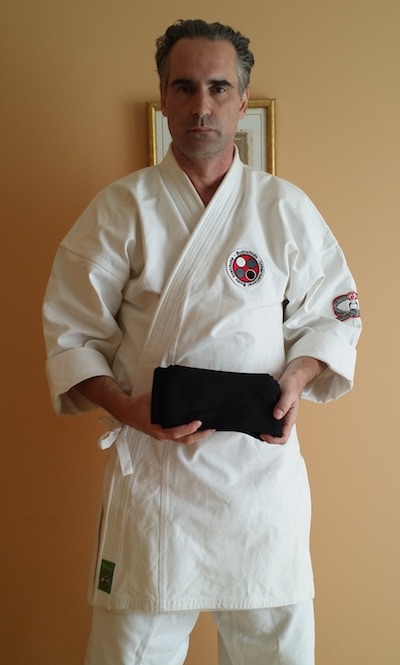
Step 1: Prepare Your Iai Obi.
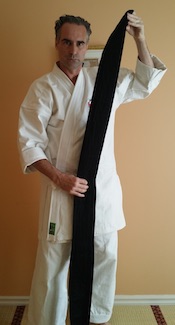
Step 2: Unfold Your Iai-Obi. The Obi for Iaido is very long and will wrap around your body several times.
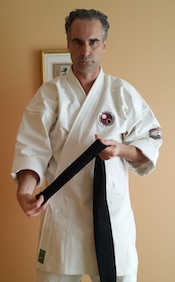
Step 3: Fold in half a strip of about 12 inches (30 cms) at the beginning of the belt. The exact length is not important.
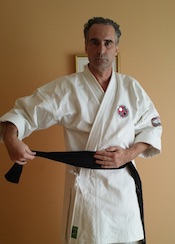
Step 4: Place the Obi against your stomach maintaining the halved piece in your right hand.
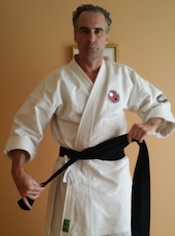
Step 5: Feed the belt around your torso keeping the belt flat with the entire width of the belt against your body.
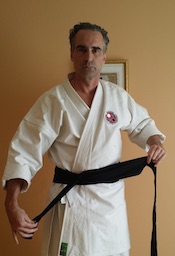
Step 6: When reaching the front pass the belt UNDER the halved portion of the belt in your right hand. A standard length belt should make two two full rotations around your body.
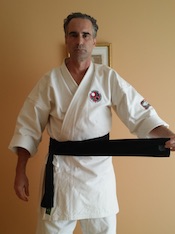
Step 7: After the second turn you should have an extra piece of the belt. This piece can be of varying lengths depending on your waist size and the length of the belt.
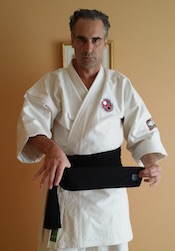
Step 8: Place your thumb in the center of the extra piece and prepare to fold it inward towards your body.
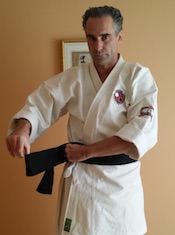
Step 9: Fold the belt inwards so that the inside piece catches under the belt and is held firmly in place.
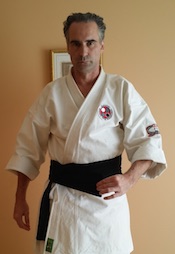
Step 10: The belt is now firmly around your torso with the halved piece from the beginning hanging over the doubled up end piece.
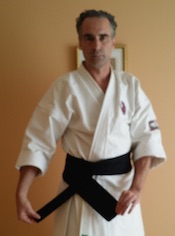
Step 11: Place the wider belt portion over the halved piece from the beginning.
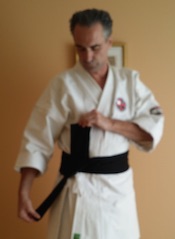
Step 12: Feed the wider portion of the belt under the halved portion and pull upwards. The knot is beginning to form and looks like a flat triangle.
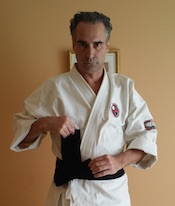
Step 13: Fold the halved potion of the beginning of the belt upwards in a 45 degree diagonal.
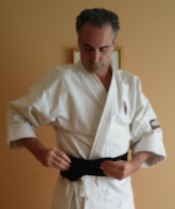
Step 14: Place the wide portion of the belt over the halved portion and draw the wide portion under and halved portion. Draw the wide portion of the belt through to complete the knot.
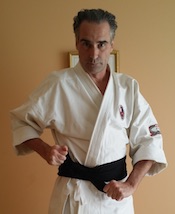
Step 15: Pull firmly on both ends tightening up the knot.
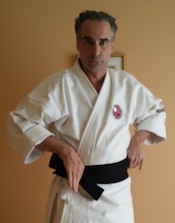
Step 16: Hold both sides of the belt in preparation of spinning the knot to the center of your back.
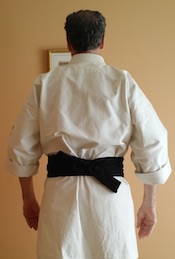
Step 17: Rotate the belt around to the center of your back.

Step 18: Your Obi is now in place and you may put on your Hakama in preparation for practice.
 In the martial arts it is essential for you to question. Like other endeavors in life do not simply accept what someone tells you, question it. When you learn a kata or some other form or technique understand that it was/is one person’s or one system’s interpretation and that means “an interpretation” or “one specific interpretation”. There are other interpretations as well that are valid. In the martial arts we all walk our own road, find the road that is yours, but to do so you will have to develop critical reasoning of what you are doing. At that point, the martial arts will be your driving force. Before that you are just renting it from someone else. – Dr. Henderson
In the martial arts it is essential for you to question. Like other endeavors in life do not simply accept what someone tells you, question it. When you learn a kata or some other form or technique understand that it was/is one person’s or one system’s interpretation and that means “an interpretation” or “one specific interpretation”. There are other interpretations as well that are valid. In the martial arts we all walk our own road, find the road that is yours, but to do so you will have to develop critical reasoning of what you are doing. At that point, the martial arts will be your driving force. Before that you are just renting it from someone else. – Dr. Henderson